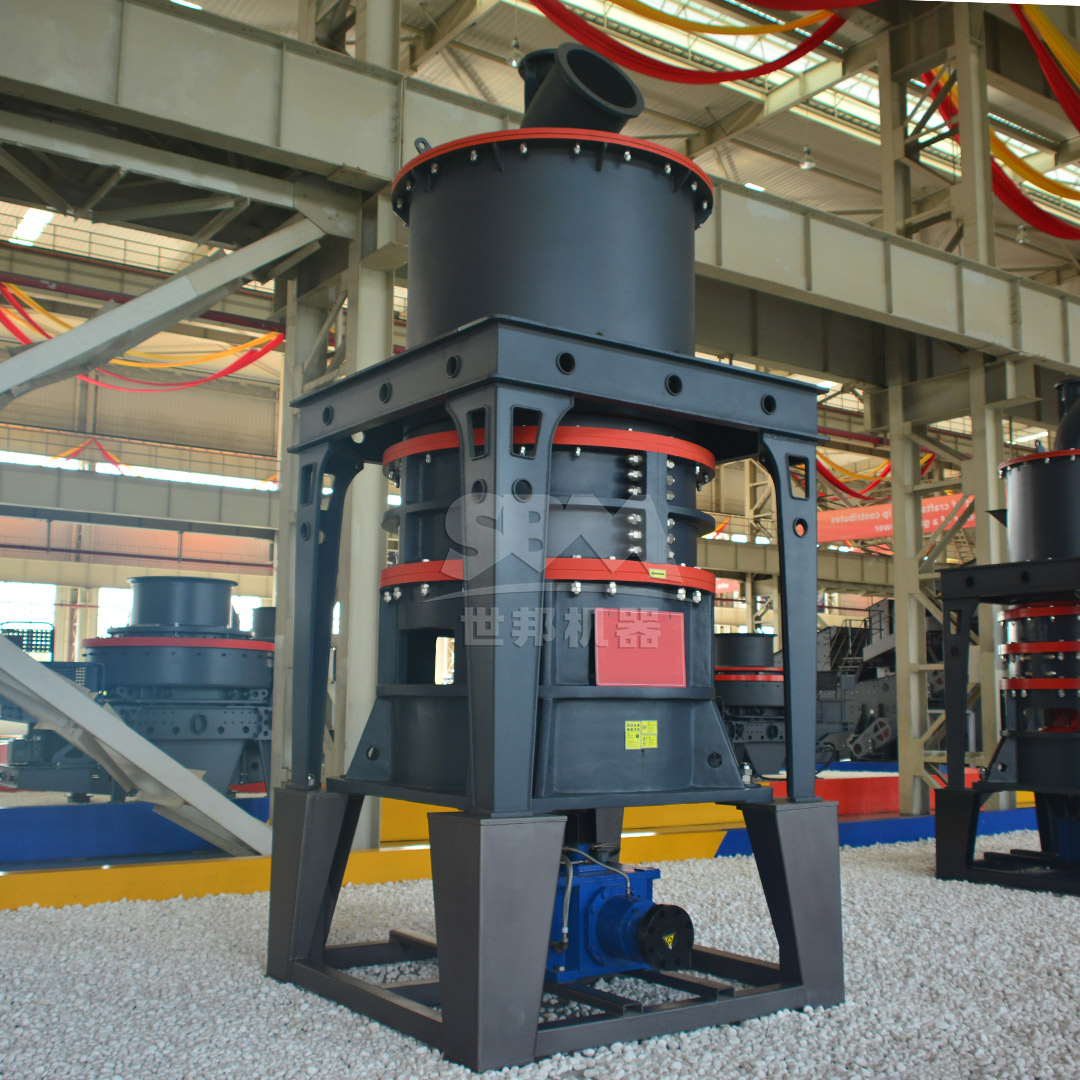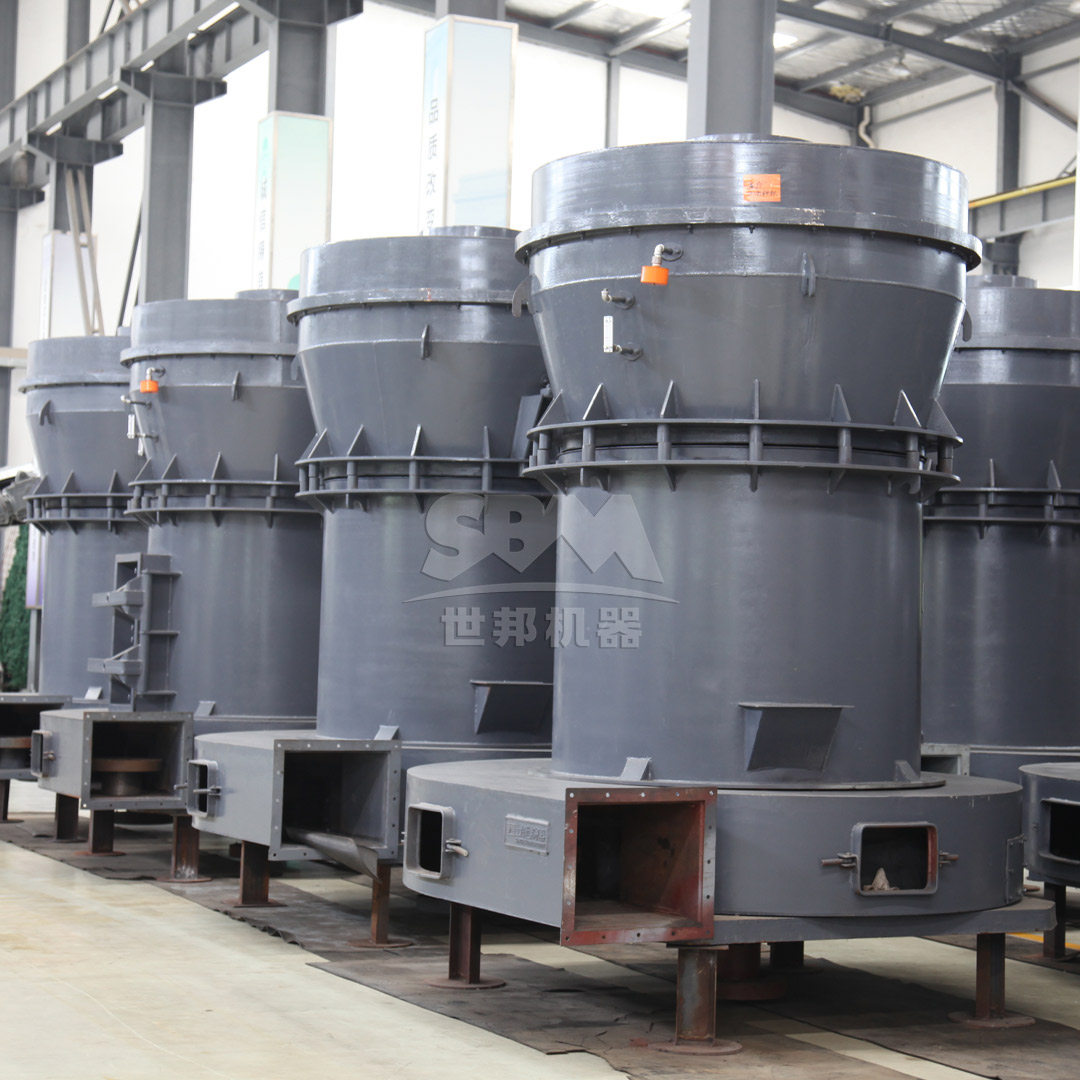The mineral processing industry is constantly evolving, with technological advancements driving efficiency and profitability. Among these innovations, ultrafine milling technology has emerged as a game-changer, offering significant economic advantages over traditional grinding methods. This article explores the comprehensive economic benefits of implementing ultrafine mills in mineral processing operations, with particular focus on how advanced equipment like our SCM Ultrafine Mill and MTW Series Trapezium Mill can transform operational economics.

One of the most significant economic advantages of modern ultrafine mills is their exceptional energy efficiency. Traditional grinding methods, particularly ball mills and conventional Raymond mills, consume substantial amounts of energy with relatively low efficiency in fine grinding applications. In contrast, advanced ultrafine milling systems operate on fundamentally different principles that dramatically reduce energy consumption.
Our SCM Ultrafine Mill demonstrates this advantage clearly, achieving energy savings of up to 30% compared to conventional air-jet mills while delivering twice the production capacity. This remarkable efficiency stems from its intelligent control system that automatically adjusts operational parameters based on real-time feedback of product particle size, ensuring optimal energy usage throughout the grinding process.
The economic impact of increased production capacity cannot be overstated. Ultrafine mills achieve higher throughput rates while maintaining consistent product quality. For instance, the SCM series offers processing capacities ranging from 0.5 to 25 tons per hour, depending on the specific model and application requirements.
| Model | Processing Capacity (ton/h) | Main Motor Power (kW) | Output Fineness (mesh) |
|---|---|---|---|
| SCM800 | 0.5-4.5 | 75 | 325-2500 |
| SCM900 | 0.8-6.5 | 90 | 325-2500 |
| SCM1000 | 1.0-8.5 | 132 | 325-2500 |
| SCM1250 | 2.5-14 | 185 | 325-2500 |
| SCM1680 | 5.0-25 | 315 | 325-2500 |
Maintenance represents a substantial operational expense in mineral processing. Ultrafine mills address this challenge through durable design features that extend component life and reduce downtime. The SCM Ultrafine Mill incorporates special material roller wheels and grinding rings that last several times longer than conventional components. Additionally, its bearing-free screw grinding chamber ensures stable operation with minimal maintenance requirements.
Ultrafine milling enables producers to create higher-value products that command premium prices in specialized markets. The ability to consistently produce powders with precise particle size distributions between 325-2500 mesh (D97≤5μm) opens opportunities in high-value applications such as advanced ceramics, specialty chemicals, and high-performance composites.
Our MTW Series Trapezium Mill further enhances this capability with its advanced grading system that ensures precise particle size control from 30-325 mesh. The mill’s curved air duct optimization reduces energy loss during material transmission, while its integrated gear transmission achieves 98% transmission efficiency, contributing to both product quality and operational economy.

Modern ultrafine mills offer unprecedented operational flexibility, allowing processors to quickly adapt to changing market demands and raw material variations. The MTW Series exemplifies this flexibility with processing capacities ranging from 3-45 tons per hour across different models, accommodating various production scales and requirements.
| MTW Model | Processing Capacity (ton/h) | Main Motor Power (kW) | Input Size (mm) | Output Fineness (mesh) |
|---|---|---|---|---|
| MTW110 | 3-9 | 55 | <30 | 10-325 |
| MTW138Z | 6-17 | 90 | <35 | 10-325 |
| MTW175G | 9.5-25 | 160 | <40 | 10-325 |
| MTW215G | 15-45 | 280 | <50 | 10-325 |
The economic value of precise particle size control extends beyond product quality to operational efficiency. Advanced classification systems in ultrafine mills ensure that energy is not wasted on over-grinding or producing out-of-specification material. The vertical turbine classifier in the SCM Ultrafine Mill achieves precise particle size切割 with no coarse powder mixing, resulting in uniform product quality and reduced reprocessing requirements.
Automation represents a significant economic advantage in modern mineral processing. Both the SCM and MTW series incorporate intelligent control systems that optimize operational parameters in real-time, reducing labor costs and minimizing human error. These systems automatically adjust to variations in feed material characteristics, maintaining consistent product quality while maximizing energy efficiency.
Environmental compliance has direct economic implications through regulatory costs, community relations, and operational permits. Ultrafine mills address these concerns through advanced environmental features. The SCM series achieves pulse dust collection efficiency exceeding international standards while operating at noise levels below 75dB. Similarly, the MTW series incorporates advanced dust collection options that ensure compliance with the strictest environmental regulations.

While the initial investment in ultrafine milling technology may be higher than conventional systems, the operational savings typically deliver rapid return on investment. Energy savings of 30-40%, reduced maintenance costs, higher production rates, and premium product pricing combine to create compelling economic returns.
A comprehensive economic analysis must consider the total lifecycle costs of grinding equipment. Ultrafine mills demonstrate superior economics across the equipment lifecycle through extended component life, reduced downtime, and adaptability to evolving production requirements. The durable design of both SCM and MTW series mills, with their special wear-resistant materials and optimized mechanical systems, ensures long-term economic performance.
A recent implementation of our SCM1250 Ultrafine Mill in a calcium carbonate processing plant demonstrates the tangible economic benefits achievable with modern ultrafine milling technology. The operation achieved:
The economic advantages of ultrafine milling are expected to increase as technology continues to evolve. Emerging trends include integrated digitalization for predictive maintenance, advanced material science for even more durable components, and artificial intelligence for operational optimization. Companies investing in current-generation ultrafine milling technology position themselves to capitalize on these future developments.
The economic benefits of using ultrafine mills in mineral processing extend far beyond simple operational cost reductions. Through enhanced energy efficiency, increased production capacity, reduced maintenance requirements, improved product value, and environmental compliance, modern ultrafine milling technology delivers comprehensive economic advantages. Our SCM Ultrafine Mill and MTW Series Trapezium Mill exemplify these benefits through their advanced technical features and proven performance in diverse mineral processing applications. As market demands continue to evolve toward finer specifications and higher value products, the economic case for ultrafine milling technology becomes increasingly compelling for forward-thinking mineral processors.